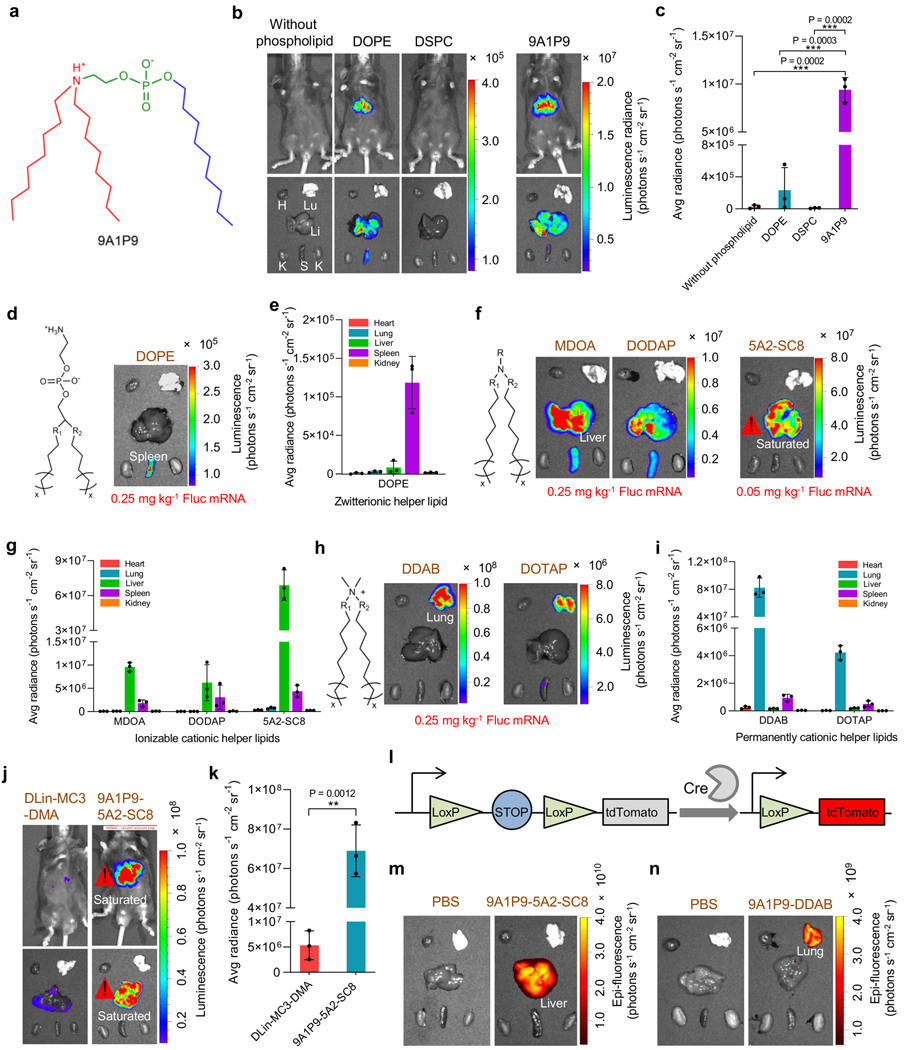Fig. 5 ǀ. iPhos outperformed traditional phospholipids, and functioned with different helper lipids for organ selective RNA delivery.
a, Structure of iPhos 9A1P9 in the acidic endosomal environment. b,c, iPhos 9A1P9 outperformed benchmark DOPE and DSPC for mRNA delivery. Images (b) and quantification (c) of luciferase expression in liver were recorded (Fluc mRNA, 0.25 mg kg−1). H: Heart, Lu: lung, Li: Liver, K: Kidney, S: Spleen. d,e, iPLNPs containing zwitterionic helper lipid DOPE mediated mRNA expression in spleen. In vivo evaluation (d) and quantification (e) were evaluated (Fluc mRNA, 0.25 mg kg−1). f,g, iPLNPs containing ionizable cationic helper lipids mediated mRNA translation in liver. Organ selectivity (f) and quantification (g) of Fluc mRNA expression by 9A1P9 iPLNP with different ionizable cationic helper lipids were assayed (Fluc mRNA, 0.25 mg kg−1 for MDOA and DODAP; 0.05 mg kg−1 for 5A2-SC8). h,i, iPLNPs containing permanently cationic helper lipids induced mRNA transfection in lung. Organ images (h) and quantification (i) of Fluc mRNA expression by 9A1P9 iPLNP using DDAB and DOTAP were evaluated (Fluc mRNA, 0.25 mg kg−1). j,k, 9A1P9–5A2-SC8 iPLNP showed much higher mRNA delivery efficacy than positive control DLin-MC3-DMA LNPs. Images (j) and quantification (k) of luciferase expression in liver were recorded (Fluc mRNA, 0.05 mg kg−1). l-n, 9A1P9 iPLNPs enabled Cre mRNA delivery selectively in liver or lung. Schematic (l) represented a Cre-LoxP mouse model that could express tdTomato by translating Cre-recombinase mRNA to Cre protein to delete the stop. 9A1P9–5A2-SC8 iPLNP (m) and 9A1P9-DDAB iPLNP (n) mediated tdTomato expression in liver and lung, respectively (Cre mRNA, 0.25 mg kg−1). All data are presented as mean ± s.d. (n = 3 biologically independent mice). Statistical significance was analyzed by the two-tailed unpaired t-test: ****, P < 0.0001; ***, P < 0.001; **, P < 0.01; *, P < 0.05.

